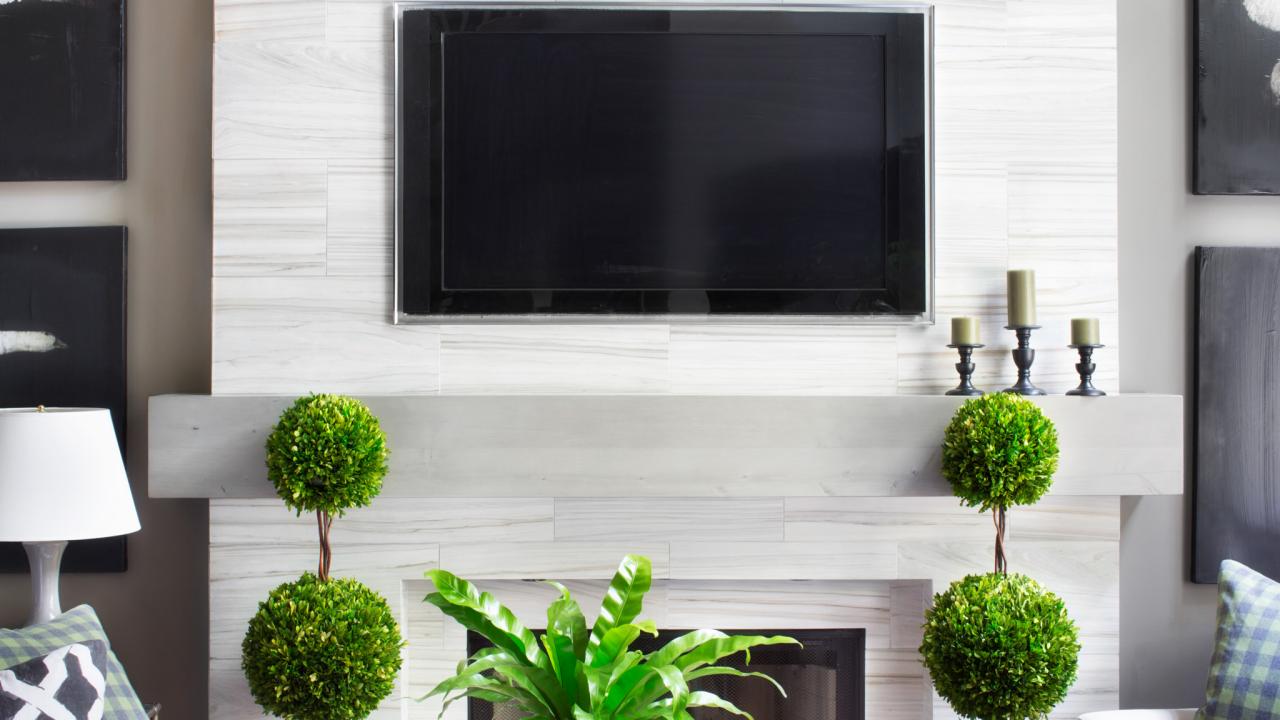

Articles
How High Above Fireplace Should Mantel Be
Modified: August 25, 2024
Learn the recommended height for mantel installation above your fireplace with this informative articles. Ensure a safe and aesthetically pleasing placement of your mantel.
(Many of the links in this article redirect to a specific reviewed product. Your purchase of these products through affiliate links helps to generate commission for Storables.com, at no extra cost. Learn more)
Introduction
When it comes to designing a fireplace, one of the key elements that adds both functionality and aesthetic appeal is the mantle. The mantle serves as a focal point, providing a platform to display cherished belongings, artwork, or seasonal decorations. However, determining the optimal height for the mantle can be a critical decision that greatly impacts the overall look and feel of the fireplace.
In this article, we will delve into the different factors to consider when determining the height of a mantle above your fireplace. Whether you are renovating an existing fireplace or installing a new one, understanding these considerations will help you achieve the perfect balance between visual harmony and practicality.
Before we dive into the specifics, it is crucial to note that the suggested height for a mantle above the fireplace can vary depending on various factors such as the height of the room, the style of the fireplace, and personal preference. It’s important to take these aspects into account and adapt the recommendations accordingly to achieve the desired outcome.
Let’s explore the factors to consider when determining the height of your fireplace mantle.
Key Takeaways:
- Finding the perfect height for your fireplace mantle involves considering factors like style, proportions, and personal preference. Experiment with different heights to achieve visual harmony and balance.
- Prioritize safety when installing a mantle above a fireplace by ensuring heat resistance, proper clearance, secure mounting, ventilation, and professional assistance if needed. A well-designed mantle enhances both aesthetics and functionality.
Read more: How High Should TV Be Above Fireplace
Factors to Consider
When determining the height of your fireplace mantle, there are several factors to keep in mind. These factors will help you find a balance between functionality and aesthetics, ensuring that your mantle complements the overall design of your fireplace and living space.
1. Style and Proportions: Consider the style and proportions of your fireplace. A traditional, grand fireplace may require a higher mantle to create a sense of grandeur, while a more contemporary fireplace might benefit from a lower mantle to maintain a sleek and minimalistic look. Take into account the architectural style of your home as well to ensure a cohesive design.
2. Ceiling Height: The height of your ceiling plays a crucial role in determining the mantle height. In rooms with low ceilings, a higher mantle can create the illusion of height and add visual interest. In rooms with high ceilings, a lower mantle can create a more balanced and proportionate look.
3. Furniture Placement: Consider the placement and scale of furniture in the room. The mantle should be positioned at a height that allows artwork or decorations to be displayed without interfering with the furniture. Additionally, if you plan to mount a TV above the fireplace, ensure that there is ample space between the mantle and the TV to prevent overheating.
4. Personal Preference: Ultimately, your personal preference plays a significant role in determining the height of your mantle. Consider what feels most aesthetically pleasing to you and aligns with your overall design vision. Experiment with different heights by using a cardboard cutout to assess the visual impact before finalizing the installation.
By taking these factors into account, you can make an informed decision about the ideal height for your fireplace mantle. However, it is important to keep in mind the recommended height guidelines to ensure the safety and functionality of your installation. In the next section, we will cover those guidelines in detail.
Recommended Height
While the height of a mantle above a fireplace can vary depending on individual preferences, there are some recommended guidelines that can serve as a starting point for most installations. These guidelines take into consideration both visual harmony and practicality.
1. Standard Range: As a general rule of thumb, the bottom of the mantle should be positioned approximately 50-60 inches above the hearth. This range ensures that the mantle is within a comfortable viewing height and provides enough space to display decorative items without overwhelming the fireplace itself. This height also allows for sufficient space between the mantle and the firebox, reducing the risk of heat damage. However, it’s important to adapt this range based on the specific factors discussed earlier.
2. Eye Level: Consider positioning the mantle at or slightly above eye level for a balanced and visually appealing look. This can help draw attention to the mantle and create symmetry within the space. However, ensure that the mantle is not positioned too high, as it may appear disconnected from the fireplace and disrupt the overall design flow.
3. Mantle Width: The width of the mantle should also be considered in relation to the height. A general guideline is to aim for a mantle width that is at least as wide as the firebox opening or wider. This ensures that the mantle provides adequate support and complements the overall proportions of the fireplace.
While these recommendations provide a solid starting point, it’s important to remember that individual preferences and the specific characteristics of your fireplace and living space should ultimately guide your decision. Experiment with different heights and seek feedback from family, friends, or design professionals to ensure that the chosen height works harmoniously within your overall design vision.
Now that we have covered the recommended height guidelines, let’s move on to discussing safety precautions that should be considered when installing a fireplace mantle.
Visual Harmony
Creating visual harmony between a fireplace mantle and the surrounding space is crucial for a cohesive and aesthetically pleasing design. The height of the mantle plays a significant role in achieving this visual harmony, along with other design elements and considerations.
1. Proportions: The proportions of the fireplace mantle in relation to the fireplace itself and the room are essential for visual balance. A mantle that is too large or too small can throw off the overall symmetry and harmony within the space. Consider the size and scale of the fireplace, the height and width of the room, and the furniture placement to determine the appropriate mantle height that complements the overall proportions.
2. Alignment: The mantle should align with other architectural elements in the room, such as windows, doors, or built-in bookshelves. This alignment creates a visually pleasing flow and ensures that the mantle does not appear out of place or disjointed. Pay attention to the horizontal and vertical lines within the room and use them as a guide for positioning the mantle at an appropriate height.
3. Balance: Achieving a sense of balance within the space is key to visual harmony. If the room has a high ceiling, a taller mantle can help anchor the space and create a sense of coziness. On the other hand, a lower mantle can be used in rooms with low ceilings to maintain visual balance and prevent the fireplace from feeling overwhelmed by the mantle. Take into account the overall design style and feel of the room to determine the optimal balance between the fireplace, mantle, and the surrounding decor.
4. Symmetry: Symmetry can be visually pleasing and create a sense of order and balance. Positioning the mantle at a height that aligns with eye level or other architectural features in the room can contribute to this symmetrical look. However, asymmetry can also be achieved intentionally for a unique and modern design. Experiment with different placement options to find the balance that best suits your personal style and preferences.
By considering these visual harmony factors, you can ensure that the height of your fireplace mantle enhances the overall design of your living space and creates a visually pleasing focal point. However, maintaining safety is also of utmost importance. In the next section, we will discuss some important safety precautions to keep in mind when installing a mantle above a fireplace.
The mantle should be placed at least 6 inches above the fireplace opening to prevent heat damage. Always follow local building codes and manufacturer recommendations.
Safety Precautions
When installing a mantle above a fireplace, it is crucial to prioritize safety to prevent any potential hazards or damage. Here are some important safety precautions to consider:
1. Heat Resistance: Ensure that the materials used for the mantle are heat-resistant. The mantle should be able to withstand the high temperatures that can be generated by the fireplace. Avoid using materials that are highly flammable or prone to warping or cracking due to heat exposure.
2. Clearance: Leave enough clearance between the top of the fireplace and the bottom of the mantle to prevent overheating. The recommended clearance is typically at least 12 inches, but it may vary depending on the specific fireplace model and local building codes. Check with the manufacturer’s guidelines or consult a professional to determine the appropriate clearance for your specific fireplace.
3. Support: Ensure that the mantle is securely anchored and supported. Use proper mounting hardware and follow the manufacturer’s instructions for installation. The weight of the mantle and any displayed items should be evenly distributed to avoid structural damage or collapse.
4. Ventilation: If you have a gas fireplace, ensure that the mantle does not obstruct the vents or interfere with the proper functioning of the fireplace. Restricted airflow can lead to issues such as poor combustion or the accumulation of carbon monoxide. As a safety measure, consult a professional to ensure proper ventilation and airflow around the fireplace and mantle.
5. Electrical Wiring: If you plan to install electrical outlets or lighting fixtures on or near the mantle, hire a certified electrician to handle the wiring. Improperly installed electrical components can pose fire hazards and safety risks. It’s important to follow electrical codes and guidelines to ensure safe installation and usage.
By adhering to these safety precautions, you can enjoy your fireplace mantle while ensuring the safety of your home and loved ones. Now, let’s move on to some installation tips to help you achieve a successful and visually appealing mantle installation.
Read more: How Wide Should A Fireplace Mantel Be
Installation Tips
Installing a fireplace mantle requires careful planning and execution to achieve the desired result. Here are some installation tips to help you achieve a successful and visually appealing mantle installation:
1. Measure Properly: Accurate measurements are crucial for a seamless installation. Measure the width and height of your fireplace and the space where the mantle will be installed. Take into consideration any obstacles, such as electrical outlets or switches, to ensure that the mantle fits properly and does not interfere with other elements.
2. Secure Mounting: Use appropriate mounting hardware and follow the manufacturer’s instructions for securing the mantle to the wall. It is recommended to use brackets or cleats to support the mantle’s weight, especially if it is made of heavy materials. Ensure that the mounting hardware is securely attached to both the mantle and the wall for a sturdy installation.
3. Leveling: Take the time to ensure that the mantle is level during installation. Use a level or a laser level to ensure that it is straight and properly aligned. Uneven installation can detract from the overall look and cause issues with placing decorations or artwork on the mantle.
4. Finishing Touches: Once the mantle is installed, add any finishing touches to enhance its visual appeal. This may include painting or staining the mantle to match your desired color scheme or applying a protective finish to improve durability. Consider the overall style of the room and choose finishes that complement the fireplace and surrounding decor.
5. Professional Assistance: If you are uncertain about the installation process or lack the necessary tools and expertise, it is advisable to seek professional assistance. Hiring a professional installer or contractor can ensure a safe and efficient installation and save you time and potential frustration.
Remember, a properly installed fireplace mantle adds both functionality and aesthetic appeal to your living space. Taking the time to carefully plan and execute the installation will result in a beautiful and visually pleasing focal point in your home.
Now that we have covered the installation tips, let’s summarize the key points discussed in this article.
Conclusion
Choosing the right height for your fireplace mantle is a critical decision that can greatly impact the overall look and feel of your living space. By considering factors such as style, proportions, ceiling height, furniture placement, and personal preference, you can determine the optimal height that enhances the visual harmony of your fireplace and complements your design vision.
It is important to remember that while there are recommended guidelines, the final height will ultimately depend on your specific circumstances and preferences. Experimenting with different heights using a cardboard cutout can help you visualize the impact before finalizing the installation.
Additionally, it is essential to prioritize safety when installing a mantle above a fireplace. Ensure that the materials used are heat-resistant, leave sufficient clearance between the mantle and the firebox, securely anchor the mantle, and consider proper ventilation and electrical wiring if necessary.
By following these safety precautions and installation tips, you can achieve a successful and visually appealing mantle installation that enhances the overall aesthetic and functionality of your fireplace.
Remember, a well-designed mantle not only serves as a focal point but also provides a platform to display cherished belongings and add a personal touch to your living space. Take the time to carefully plan, measure, and execute the installation, or consider seeking professional assistance to ensure a seamless and visually pleasing result.
With the right height, visual harmony, and safety measures in place, your fireplace mantle will become a stunning centerpiece that adds warmth, character, and charm to your home for years to come.
If you have any questions or need further assistance, don’t hesitate to reach out to a professional designer or contractor who can provide expert guidance based on your unique needs and preferences.
Frequently Asked Questions about How High Above Fireplace Should Mantel Be
Was this page helpful?
At Storables.com, we guarantee accurate and reliable information. Our content, validated by Expert Board Contributors, is crafted following stringent Editorial Policies. We're committed to providing you with well-researched, expert-backed insights for all your informational needs.

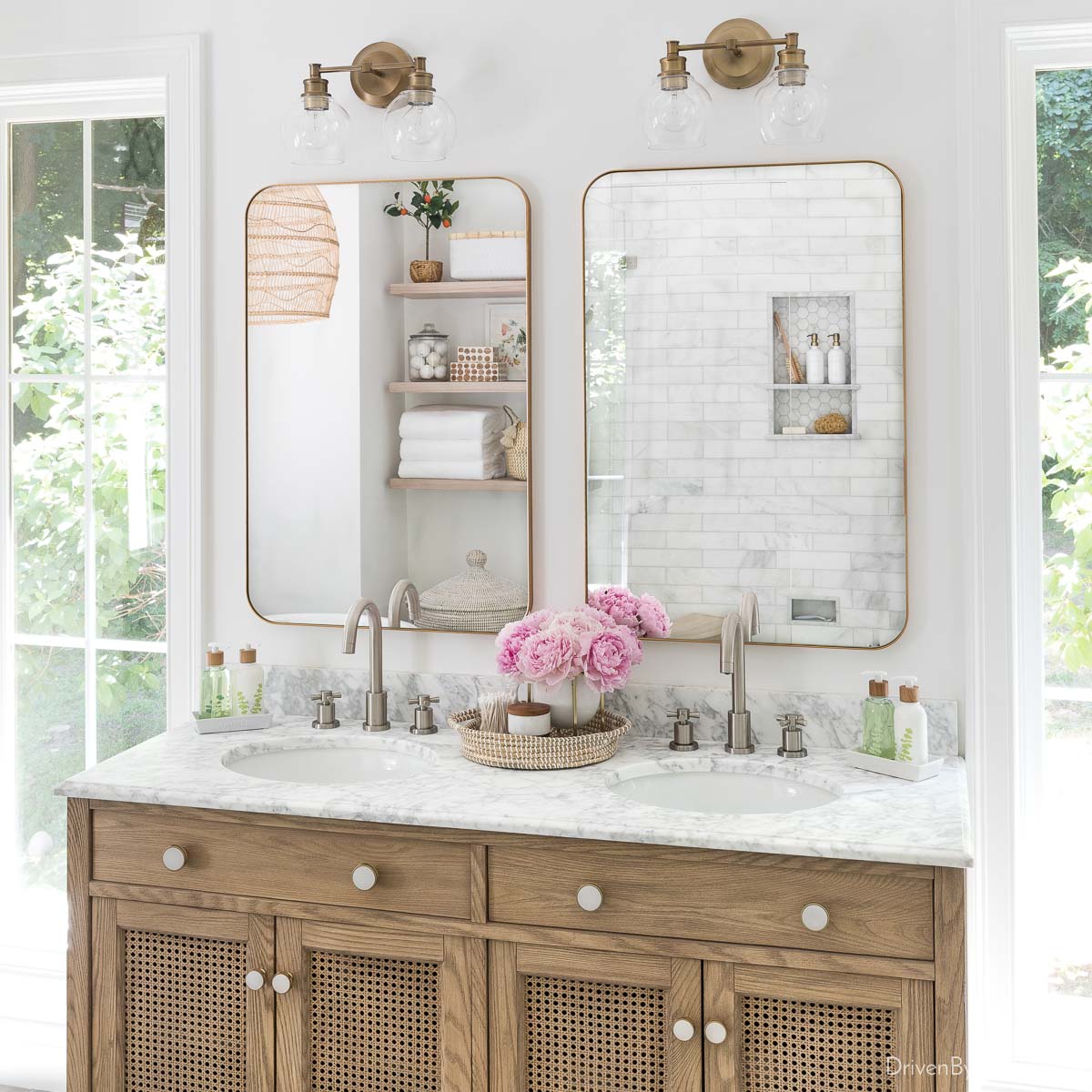
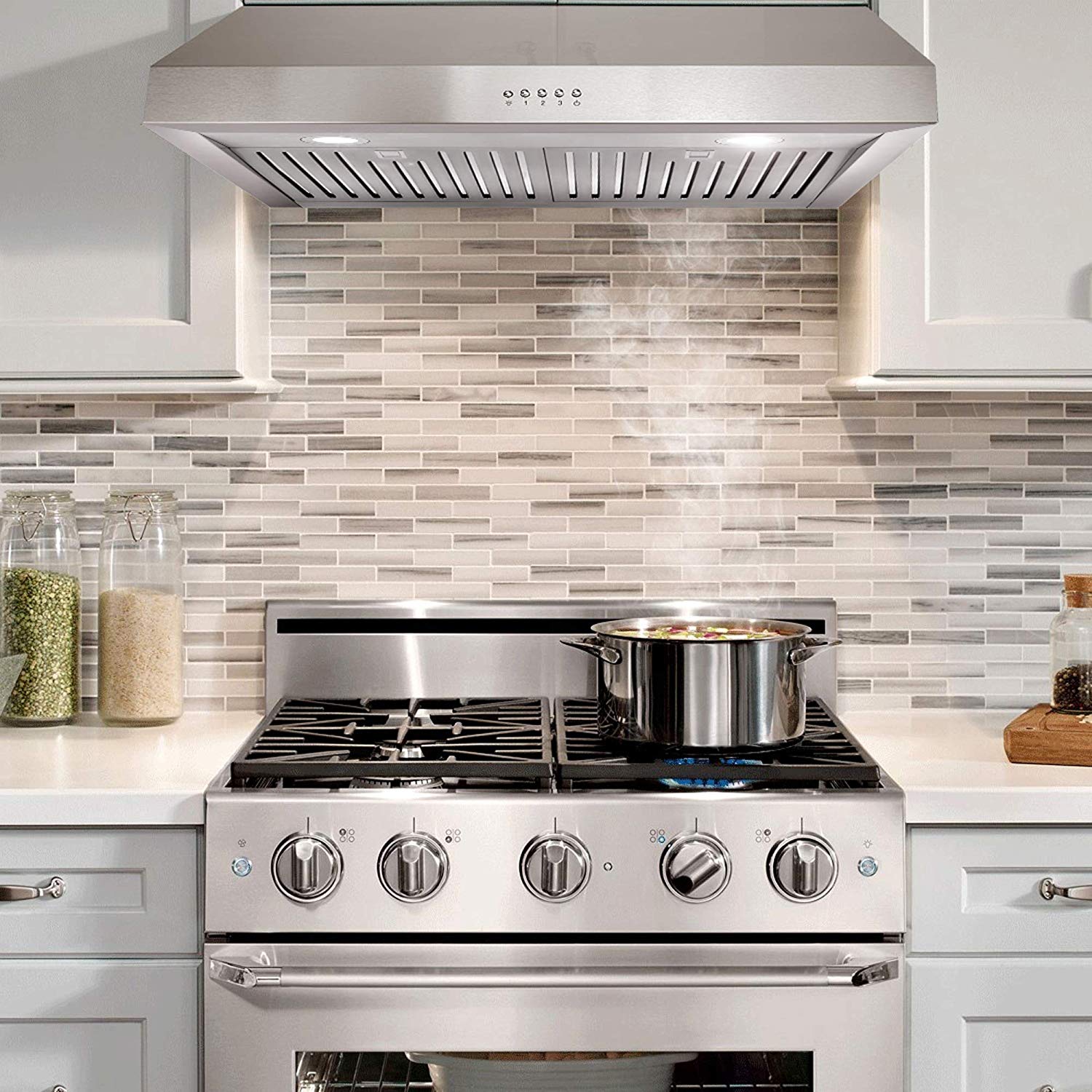
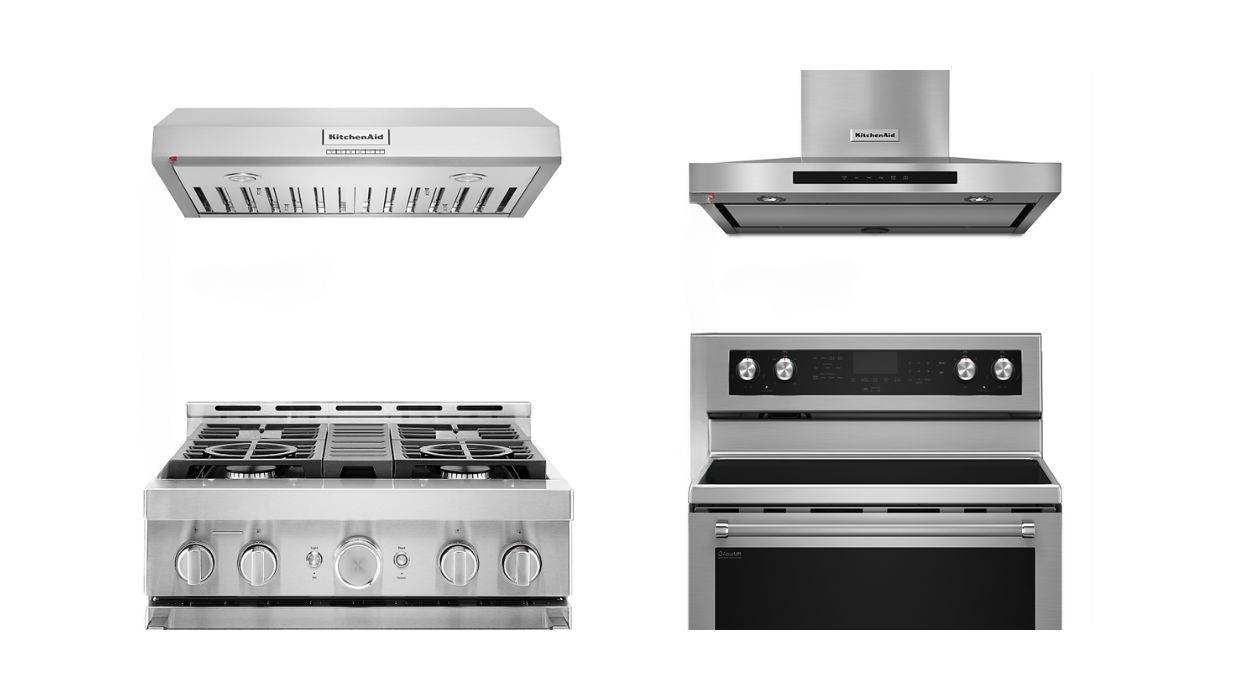
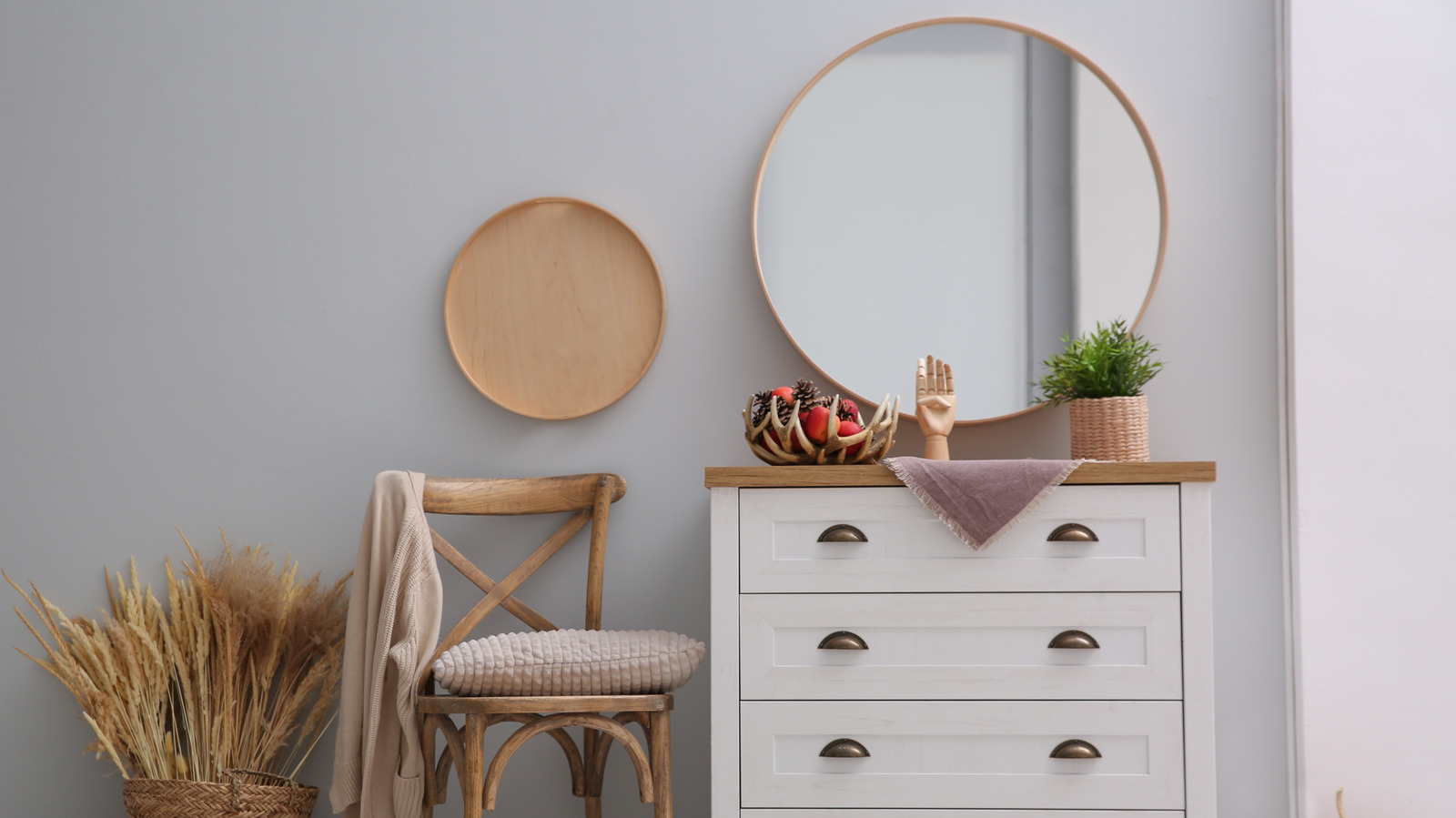
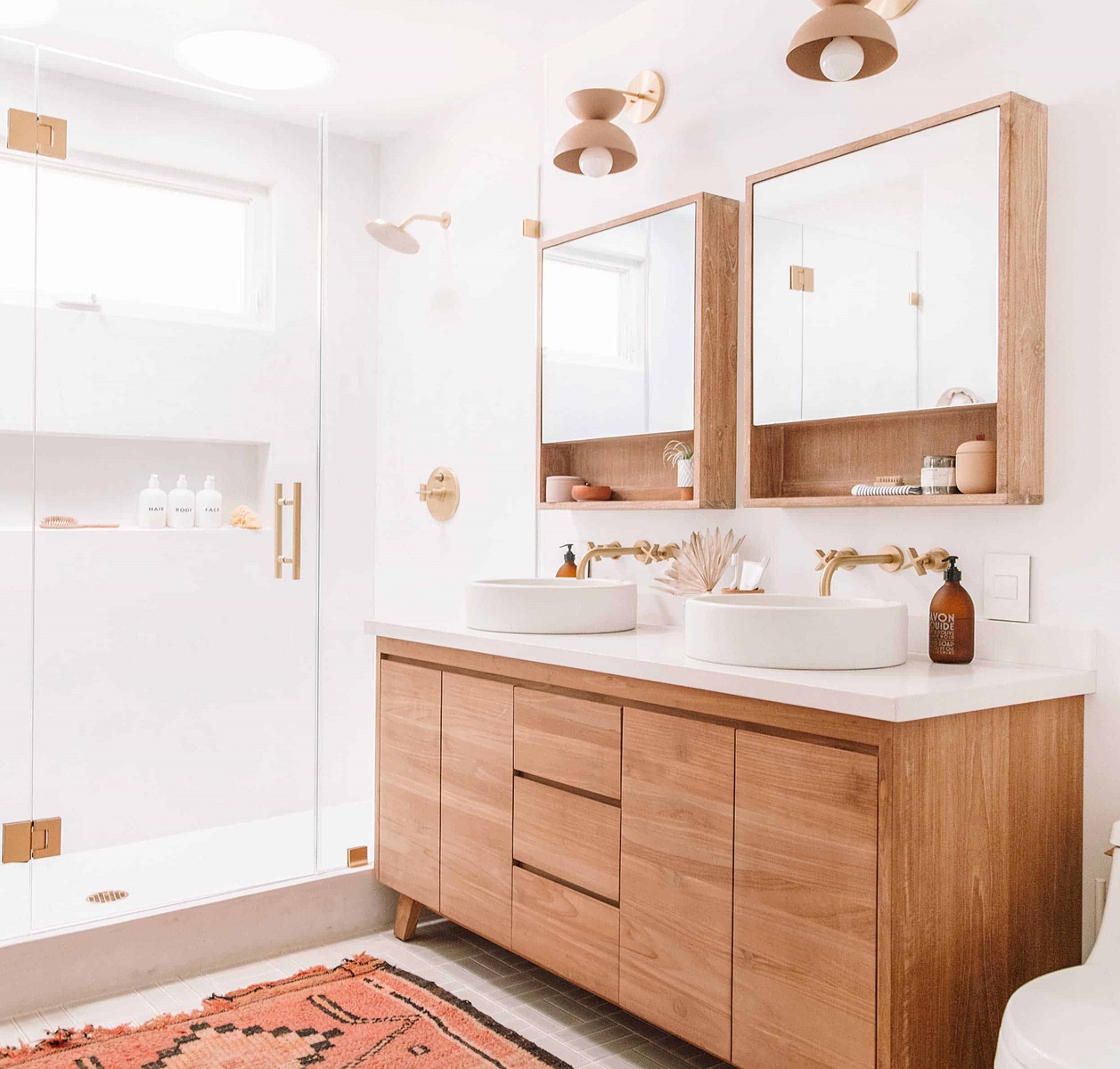
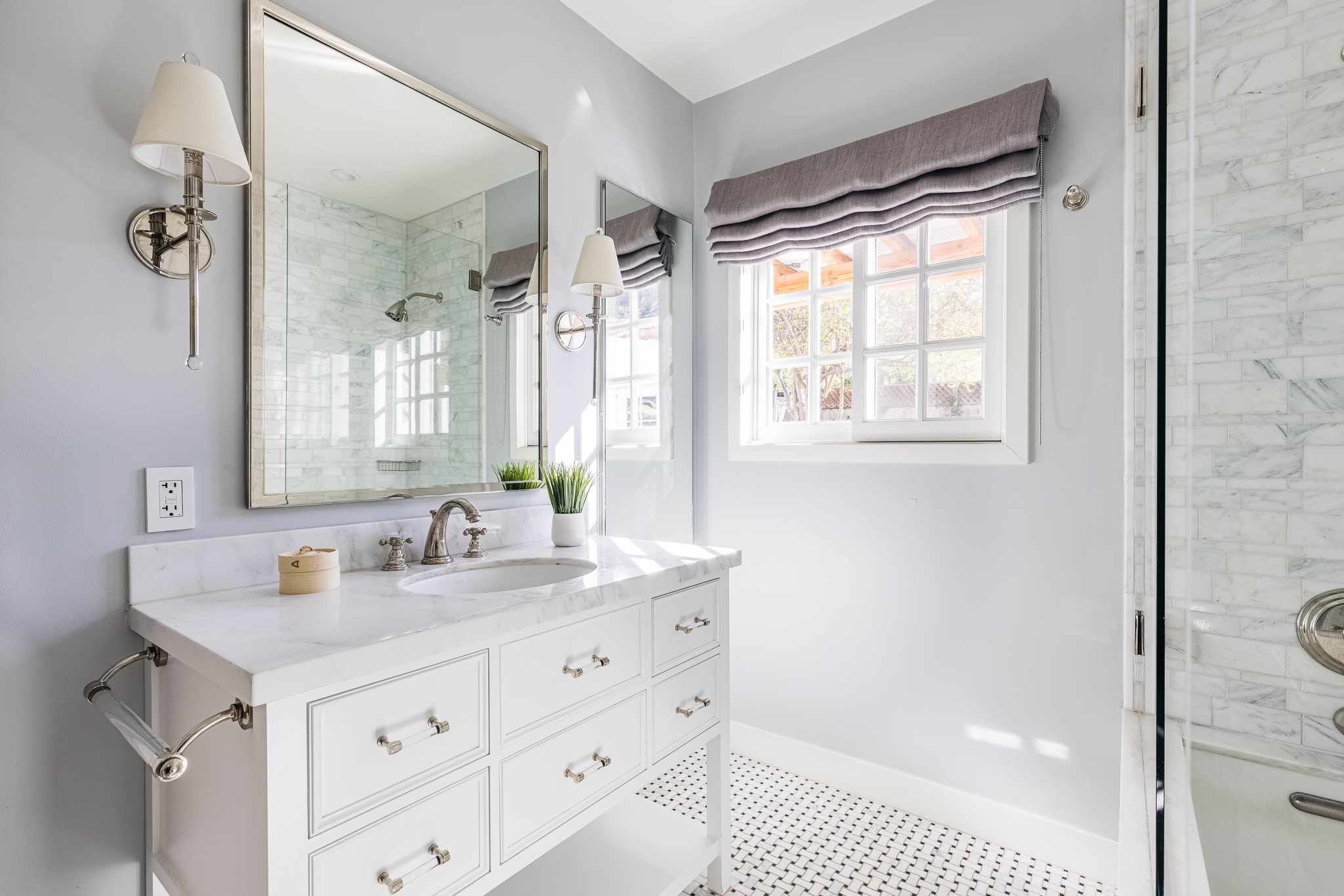
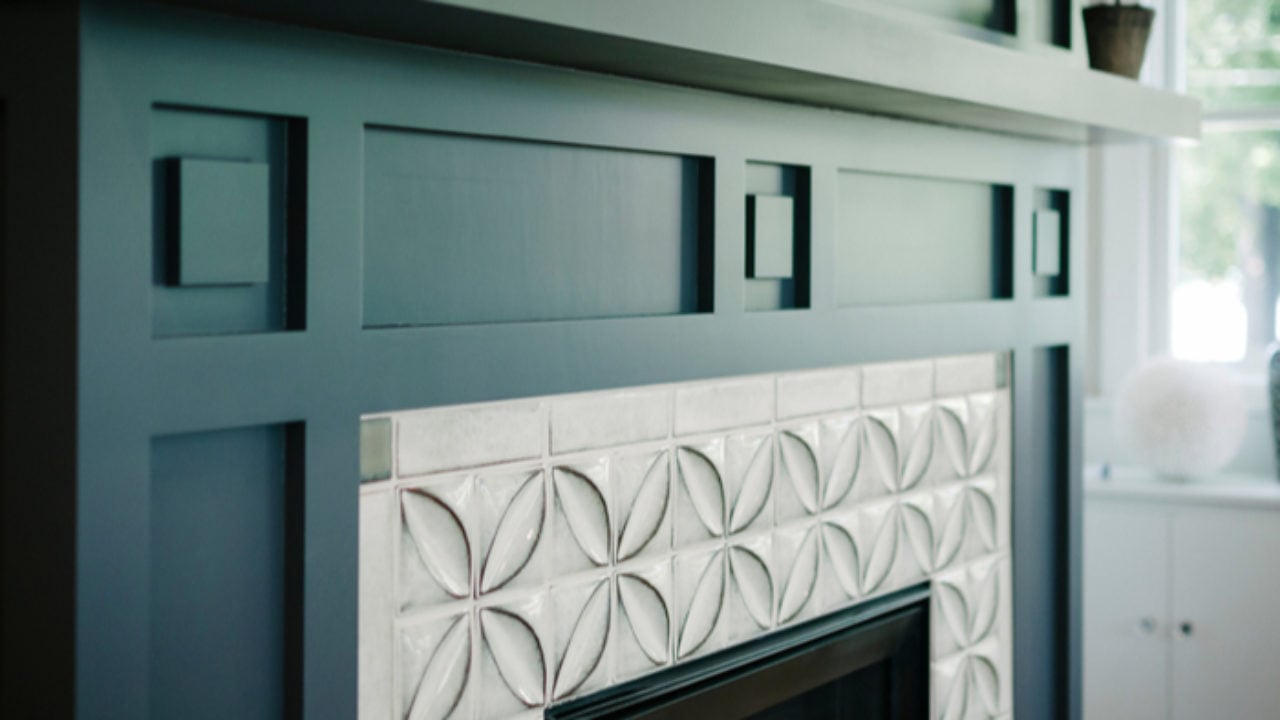
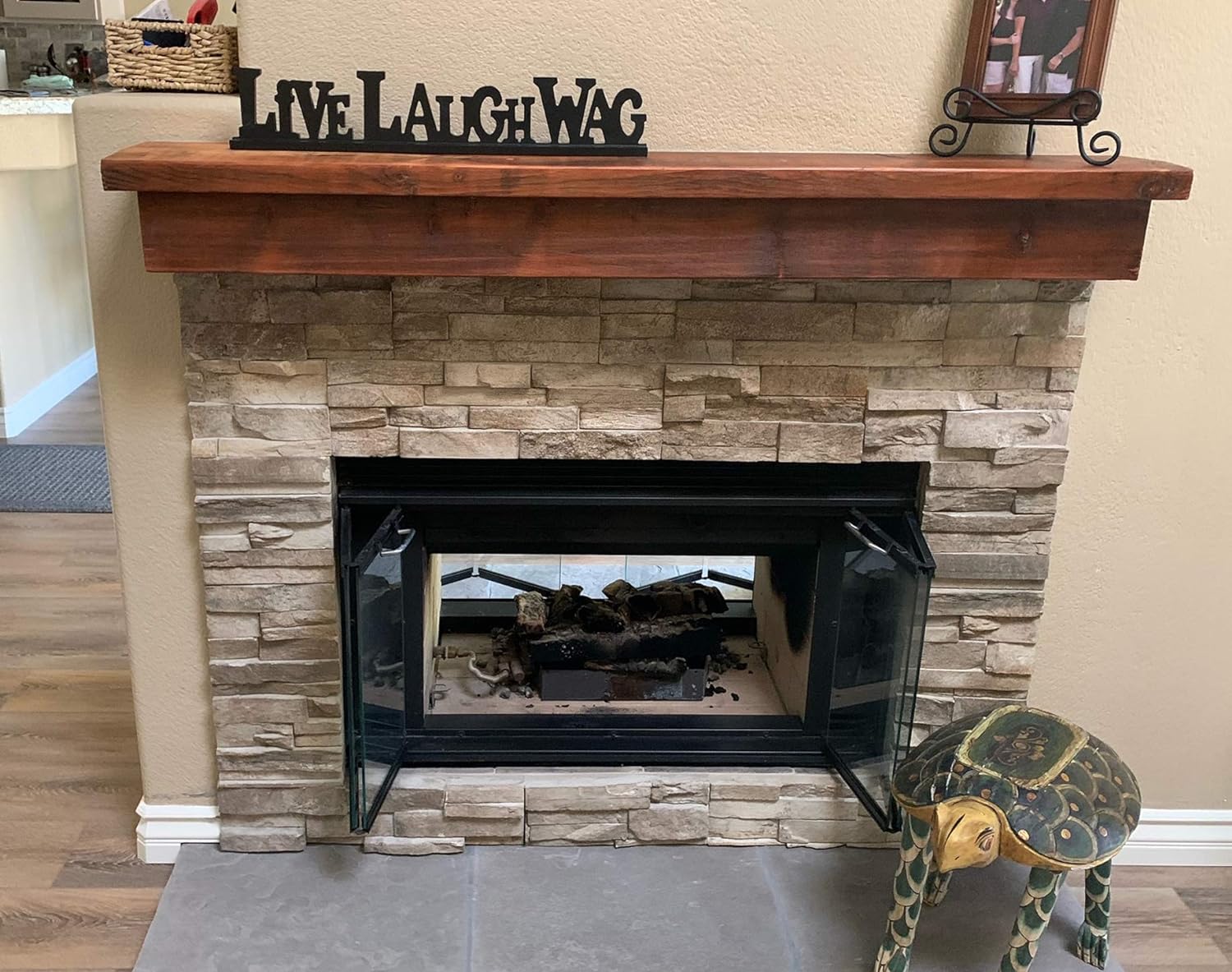
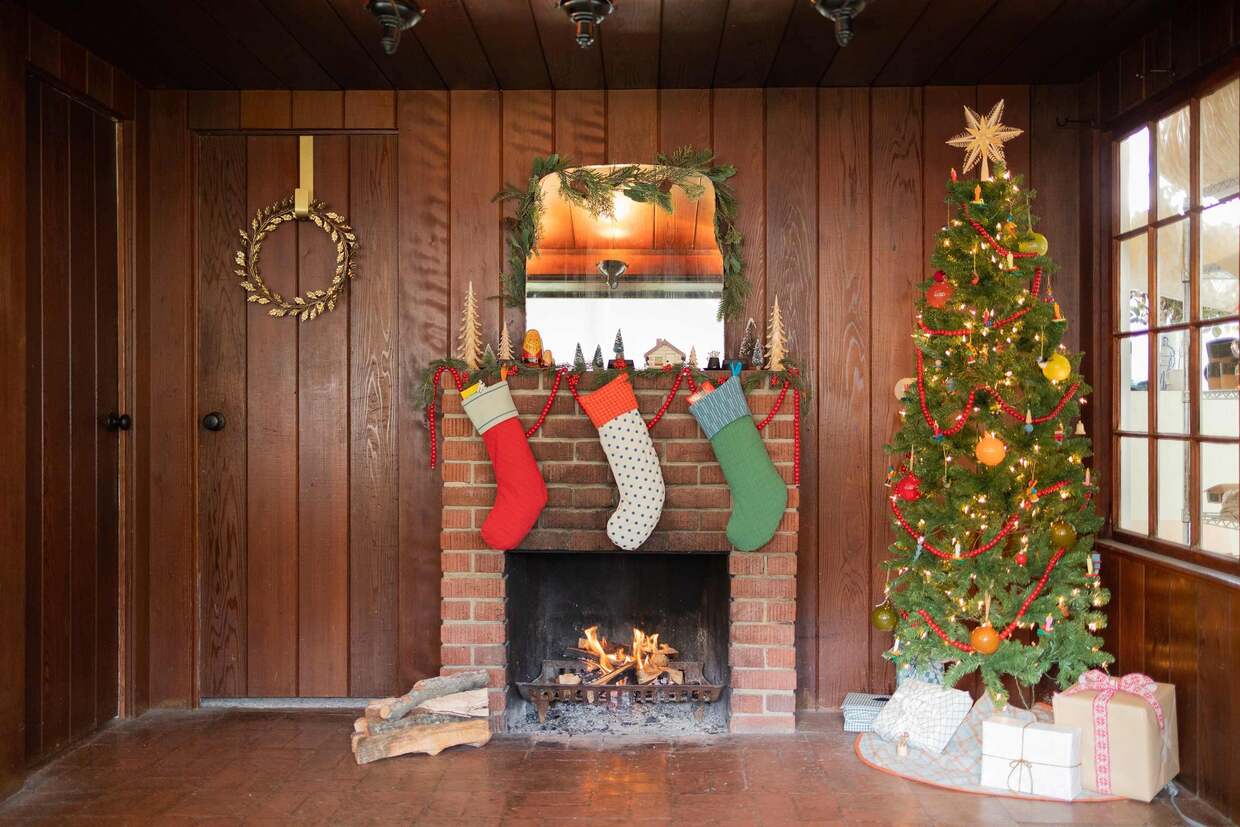
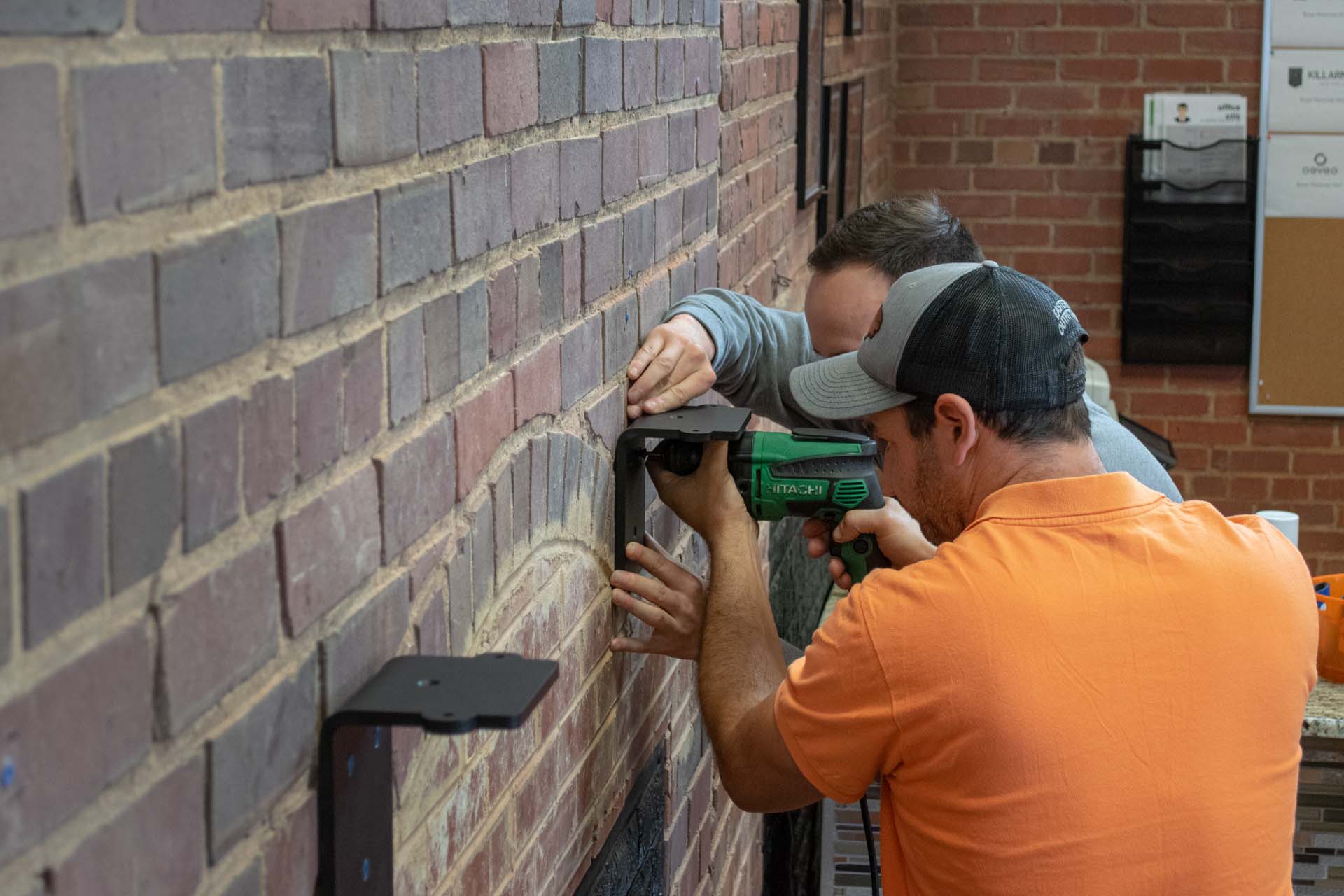
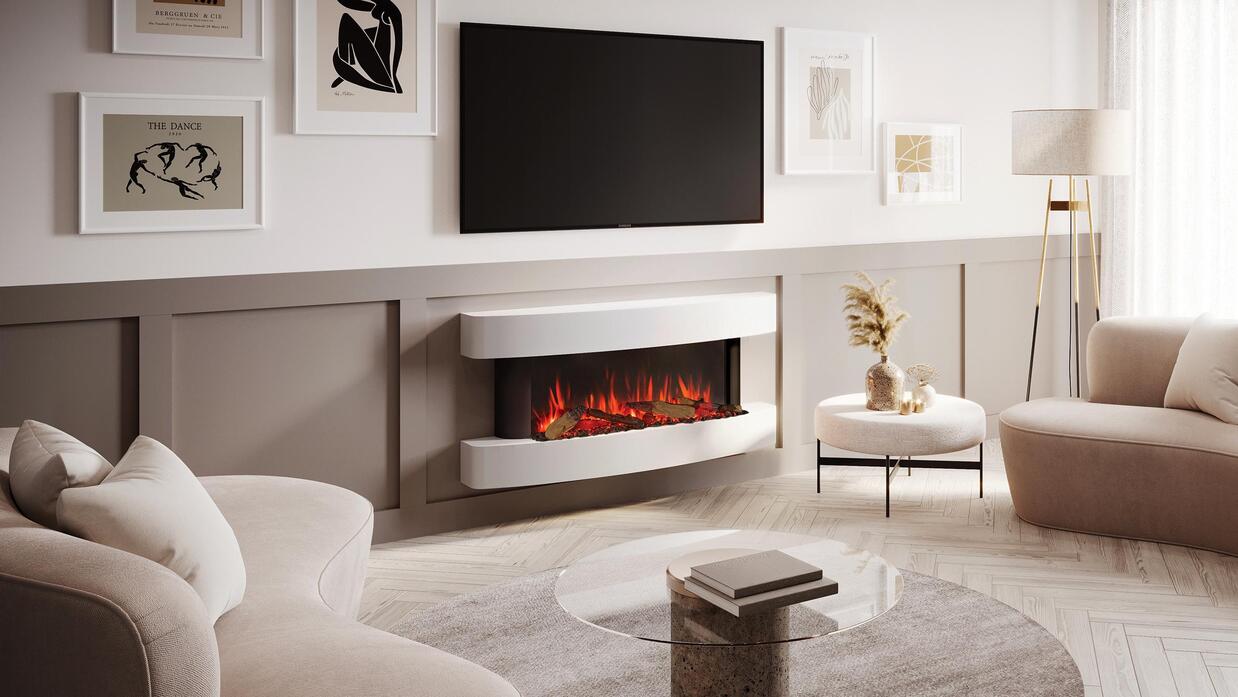
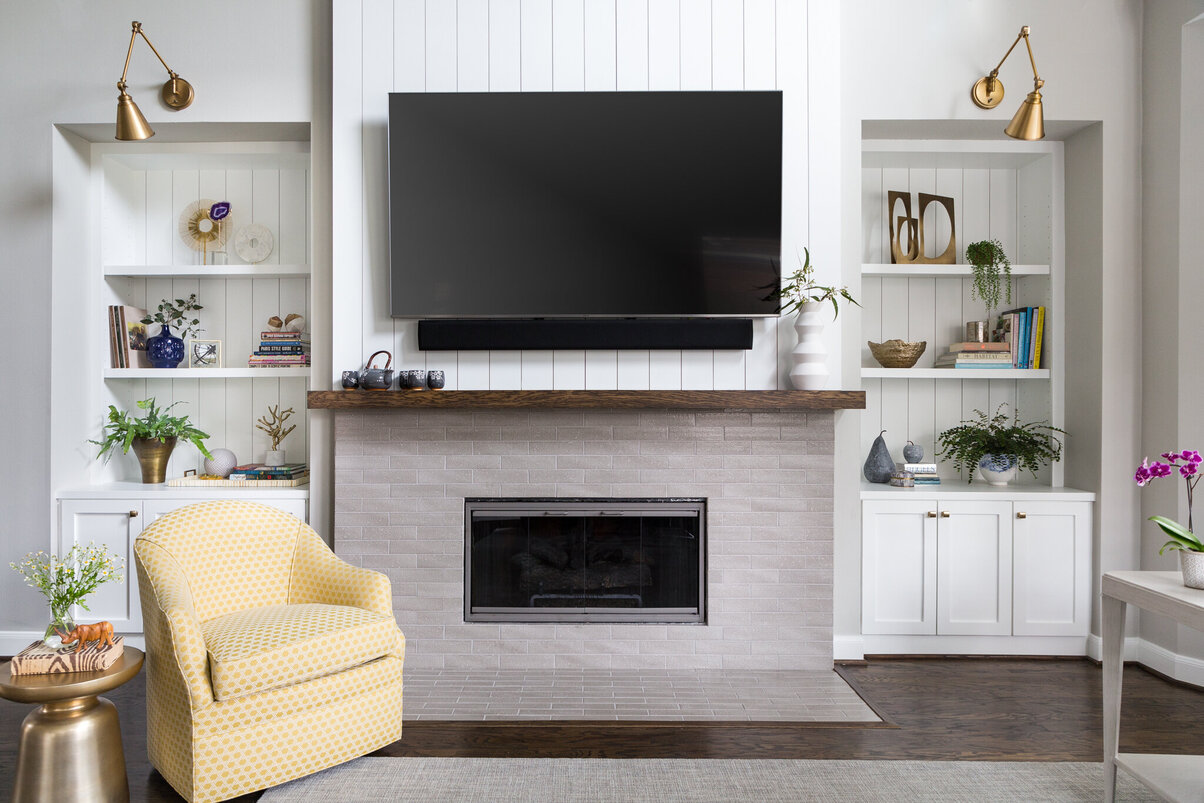
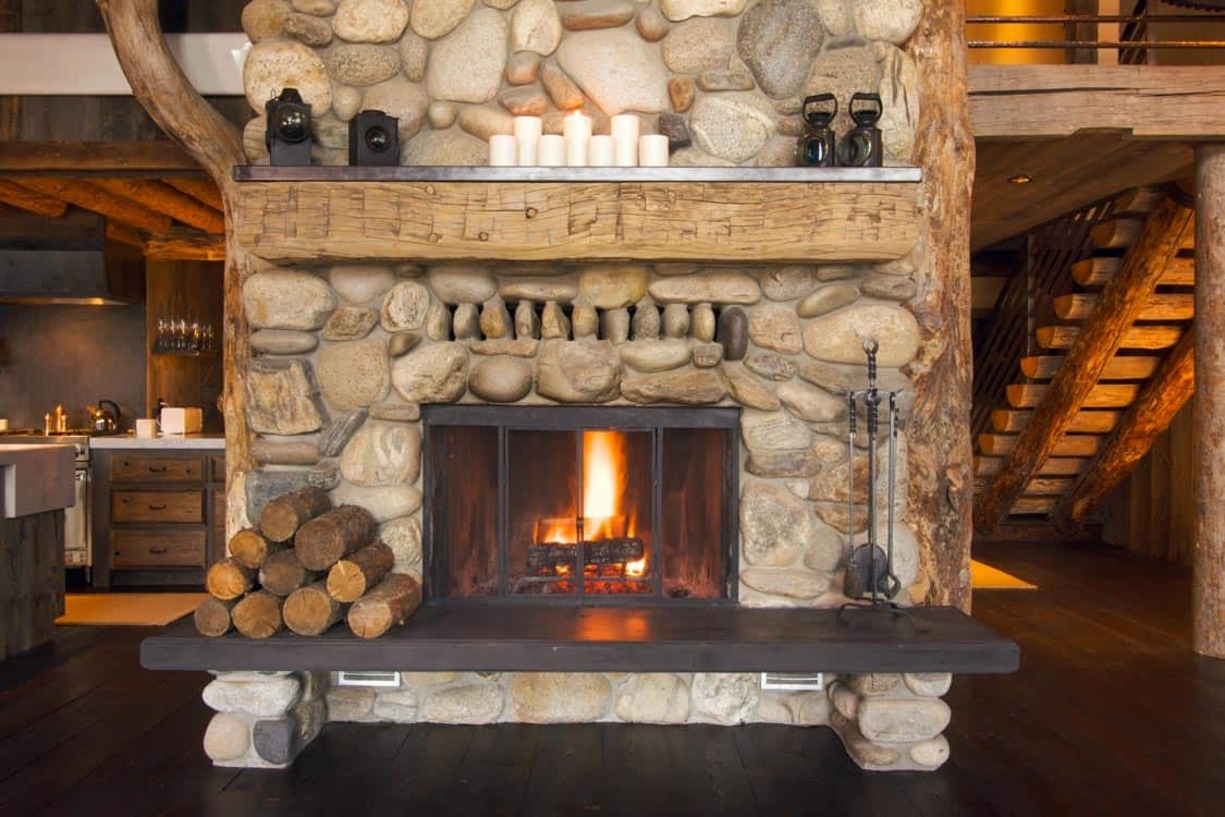

0 thoughts on “How High Above Fireplace Should Mantel Be”